Table of Contents
How to Connect iPad to HDMI?
How To Connect iPad To HDMI? You can use an HDMI cable to connect your iPad to a TV or monitor. Make sure that your TV is turned off before connecting the cable. You may need an adapter, depending on your iPad’s port.
Plug a Lightning Digital AV Adapter or USB-C to HDMI or VGA adapter into your iPad. Connect one end of an HDMI or VGA cable to the adapter and the other end to your display, TV, or projector.
Connect the HDMI Cable:
Whether you’re presenting to a crowd or simply enjoying video content on the big screen, connecting your iPad to an HDMI-compatible TV or monitor makes it easy to showcase your work and entertainment. There are several ways to connect your tablet, from using an AV cable to wirelessly mirroring your display.
HDMI is a standard for high-definition digital video, with support for up to 1080p resolution. It also transmits audio, which can be routed to speakers or headphones. Apple offers HDMI adapters for its newer iPad models. The Lightning to Digital AV Multiport Adapter supports HDMI and also has a USB-C port that can connect to external displays. The USB-C to HDMI Adapter can output video up to 4K resolution and 60Hz. It supports Dolby Digital Plus audio streams but not Dolby Atmos.
You can also connect your iPad to an HDMI TV or monitor by using a component or VGA cable. If you have a device with an HDMI input, select that port using the TV’s control panel or remote. Make sure that no other devices are connected to the HDMI port before connecting your iPad.
If you’re prompted, confirm the connection on both your iPad and TV. Once the connection is established, you’ll see your iPad Home screen mirrored on the television. You can then enjoy apps, videos, photos, and more on the large screen.
Connect the Adapter:
To connect an iPad to an HDMI cable, you’ll need a compatible adapter. The adapter you need depends on your iPad’s connector and the type of HDMI cable you’re using. For example, the Apple Lightning Digital AV Adapter works with most HDMI cables and TVs. The adapter has a USB-C or Lightning connector (depending on the model). You can also use an HDMI to VGA adapter, which converts an HDMI signal to a composite video cable with yellow, red, and white wires.
Plug the male end of the adapter into your iPad. Then plug the female end of the adapter into the HDMI cable or VGA cable connected to the projector. If your iPad supports audio, connect a 3.5mm to 3.5mm audio aux cable (and an adapter if necessary) from the adapter to your iPad’s headphone port. Then connect the other end of the cable to your TV’s headphone jack.
Turn on the TV and switch to the HDMI input that matches the adapter you used. If you’re using a VGA adapter, you may need to adjust your TV’s display settings. Once the connection is complete, your iPad’s screen will be mirrored on the TV. You can now watch movies, play games, and share content with friends and family on a larger screen. This setup is great for presenting, working on projects, and streaming videos.
Switch to the Correct Video Source:
Unleash the power of your iPad by connecting it to a TV via HDMI. Connecting the two devices is simple, but you may need an adapter depending on your port and your TV’s input type. Be sure to check compatibility and power off your TV before you begin connecting cables.
Plug the adapter into the appropriate port on your iPad (Lightning for newer models, USB-C for older models). Then, connect an HDMI or VGA cable to the adapter and then to your display, TV, or projector. Use the TV’s controls or remote control to select the correct input source for your adapter.
Using an HDMI connection with your iPad is the best way to mirror content to the TV. This allows everyone on the production team and your on-screen talent to see the same thing from their seats.
Some movies, TV shows, and streaming video apps require a digital connection that supports High-Bandwidth Digital Content Protection (HDCP). If you try to play them over an analog HDMI connection (like the Apple VGA Adapter), the content will not appear on the screen or audio may not be heard.
You can adjust the output settings from the Switcher Studio app on your external display. Choose between Whole Screen and Live Feed to change what the external display will show. Then, choose an orientation setting to make the video look best on your TV or monitor.
Enjoy Your Content:
The iPad offers many ways to display its content on external monitors, whether through wired connections with HDMI or wirelessly with a projector. The process is straightforward and requires just the right cables and adapters. Once the connection is established, you can enjoy presentations, lessons, and entertainment on a large screen for a more immersive experience.
Depending on your iPad model, you can connect it to HDMI using either the 30-pin or Lightning connector. Apple provides an HDMI adapter that works with both types of ports, while an additional Lightning to VGA adapter is available for older iPad models. The adapters support video and audio output at resolutions up to 4K, making them ideal for high-definition displays.
iPad Pro 11-inch (3rd generation) and later, and iPad Air (5th generation) support HDR10 video streams over HDMI. iPad Pro 12.9-inch (3rd generation) and earlier, and iPad Mini (4th generation) support Dolby Digital Plus audio streams over HDMI.
The iPad also supports a variety of other HDMI-compatible formats, including HDCP. You can use the Lightning to HDMI Adapter or USB-C to HDMI Multiport Adapter with any compatible display, TV, or projector. Simply connect the adapter to the charging port on your iPad, and then connect an HDMI cable to the adapter and input on the display or TV. Make sure the correct video source is selected on the display, and check that any audio setup is correctly configured.

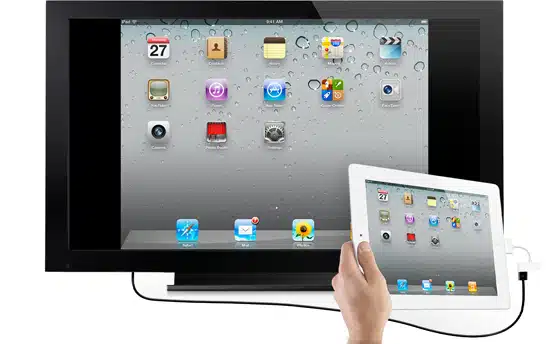
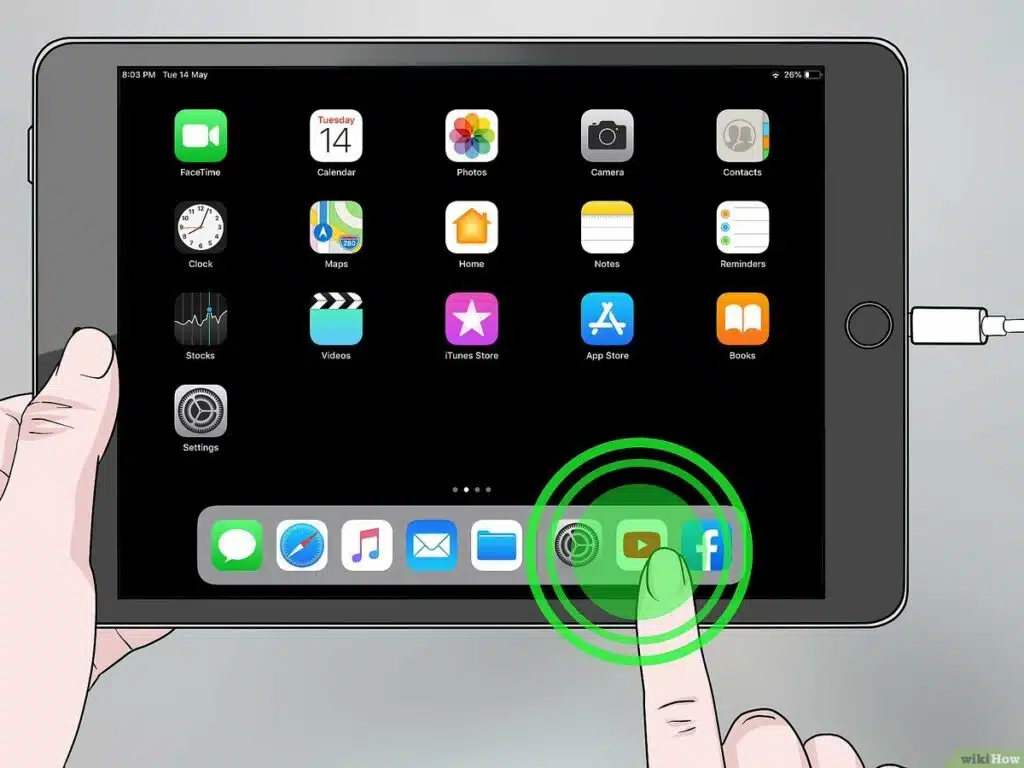
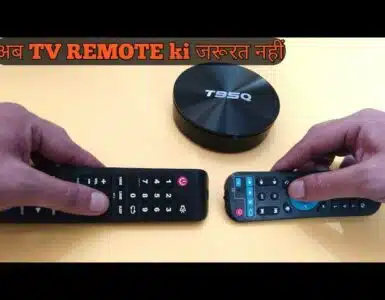
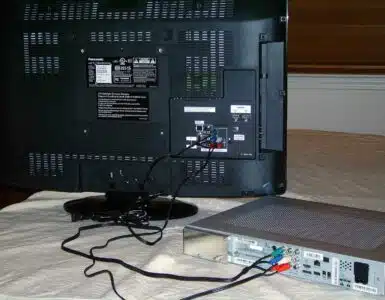
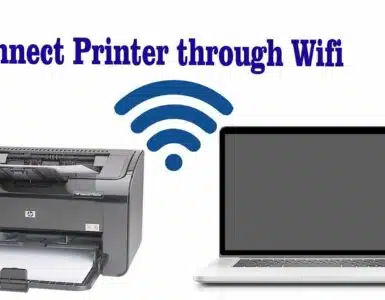
Add comment